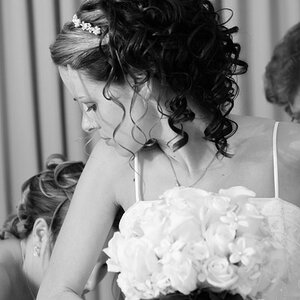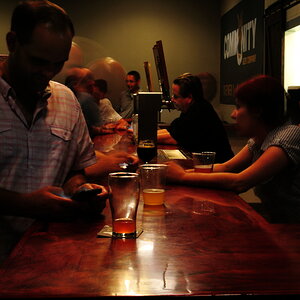JohnS.
TPF Noob!
- Joined
- Jul 9, 2008
- Messages
- 330
- Reaction score
- 20
- Location
- New York, USA
- Can others edit my Photos
- Photos OK to edit
Recently, I've become quite fascinated with astrophotography. I've tried taking some shots myself with little luck. The weather hasn't been too great here and I live too close to cities with no knowledge or where to shoot outside of my area. I know someone that lives way out in the boonies and we're planning on having a small gathering to explore the sky some. I can figure out exposures and stuff fine but it's the equipment that I have questions about.
Onto a few issues I'd like to have addressed.
First issue:
I currently own a D7000, tripod, Tokina 11-16 f/2.8 DX, and Nikon 70-300mm VR (bunch of other things that don't pertain to astrophotography). The problem I seem to have with my camera is even with the focus on manual and set to infinity, everything is blurred. I have the AF fine tune set to somewhere around -15. It was that bad. I took a picture with my Tokina on and focus set to infinity on manual and everything looked bad. Like...extremely out of focus. I should've changed the AF tune to 0 but I didn't think about it at the time. Plus I didn't have a laptop with me to preview the pictures before driving off. It looked okay in live view but I honestly could barely tell on the tiny LCD. I turned the focus dial slightly away from infinity and did it a couple of times with shots at each "interval" and some were noticeably sharper than others so I did my best and guessed. The best focus was slightly away from infinity. Should I try with AF tune on 0? Do all D7000's have focusing issues or should I have my camera tested and adjusted?
Second issue:
How cheap can I go without sacrificing image quality? I'm not looking to get into deep sky stuff quite yet but I am interested in shooting the moon. I took a look on B&H and I saw $100 teleconverters. I don't know anything about them but the ratings seemed better than what I expected for a $100 TC lol. Are those worth it for the moon? Save for something better? I'm not looking to take any photos beyond 30 seconds at the moment.
Third issue:
I do not own any photo editing programs. I'd like to do my best and shoot in jpeg large/fine and be done with it. I know this is pushing it but editing is not my strong suit and I'd like to be able to get the taking photos part down first.
I've spent a lot of time Googling information and there is such an abundant amount on astrophotography... Seems like everyone and their mom are pro's. Any advice is appreciated in advance.
Onto a few issues I'd like to have addressed.
First issue:
I currently own a D7000, tripod, Tokina 11-16 f/2.8 DX, and Nikon 70-300mm VR (bunch of other things that don't pertain to astrophotography). The problem I seem to have with my camera is even with the focus on manual and set to infinity, everything is blurred. I have the AF fine tune set to somewhere around -15. It was that bad. I took a picture with my Tokina on and focus set to infinity on manual and everything looked bad. Like...extremely out of focus. I should've changed the AF tune to 0 but I didn't think about it at the time. Plus I didn't have a laptop with me to preview the pictures before driving off. It looked okay in live view but I honestly could barely tell on the tiny LCD. I turned the focus dial slightly away from infinity and did it a couple of times with shots at each "interval" and some were noticeably sharper than others so I did my best and guessed. The best focus was slightly away from infinity. Should I try with AF tune on 0? Do all D7000's have focusing issues or should I have my camera tested and adjusted?
Second issue:
How cheap can I go without sacrificing image quality? I'm not looking to get into deep sky stuff quite yet but I am interested in shooting the moon. I took a look on B&H and I saw $100 teleconverters. I don't know anything about them but the ratings seemed better than what I expected for a $100 TC lol. Are those worth it for the moon? Save for something better? I'm not looking to take any photos beyond 30 seconds at the moment.
Third issue:
I do not own any photo editing programs. I'd like to do my best and shoot in jpeg large/fine and be done with it. I know this is pushing it but editing is not my strong suit and I'd like to be able to get the taking photos part down first.
I've spent a lot of time Googling information and there is such an abundant amount on astrophotography... Seems like everyone and their mom are pro's. Any advice is appreciated in advance.


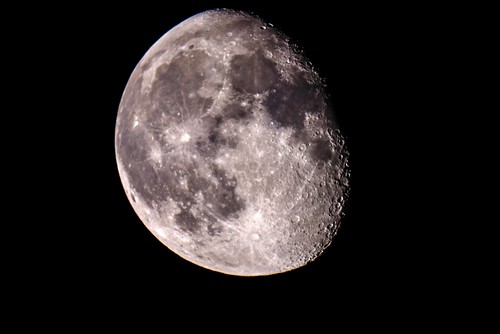 Waning Gibbous 20140814 Illumination: 81%
Waning Gibbous 20140814 Illumination: 81% MoonColors_20150603-11
MoonColors_20150603-11
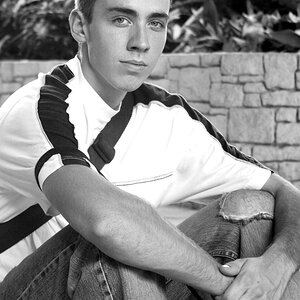
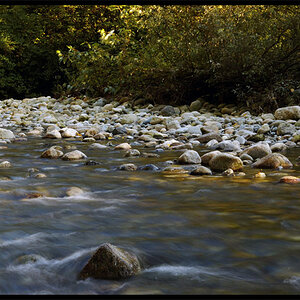
![[No title]](/data/xfmg/thumbnail/41/41898-2c70795ddfa6b397714acc28e3e5d36f.jpg?1619739936)
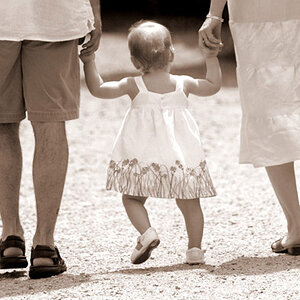
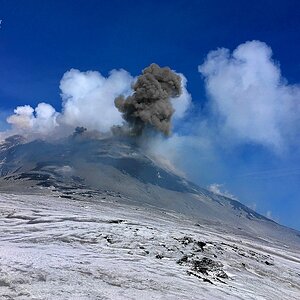
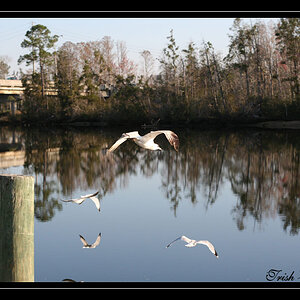
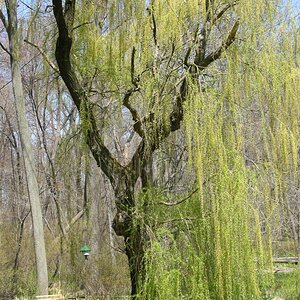
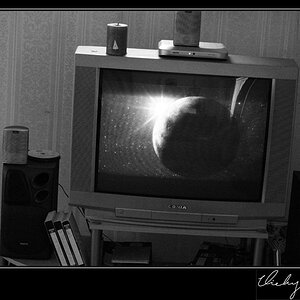
![[No title]](/data/xfmg/thumbnail/41/41900-d02b27da6248f10da25edf2413570222.jpg?1619739936)

